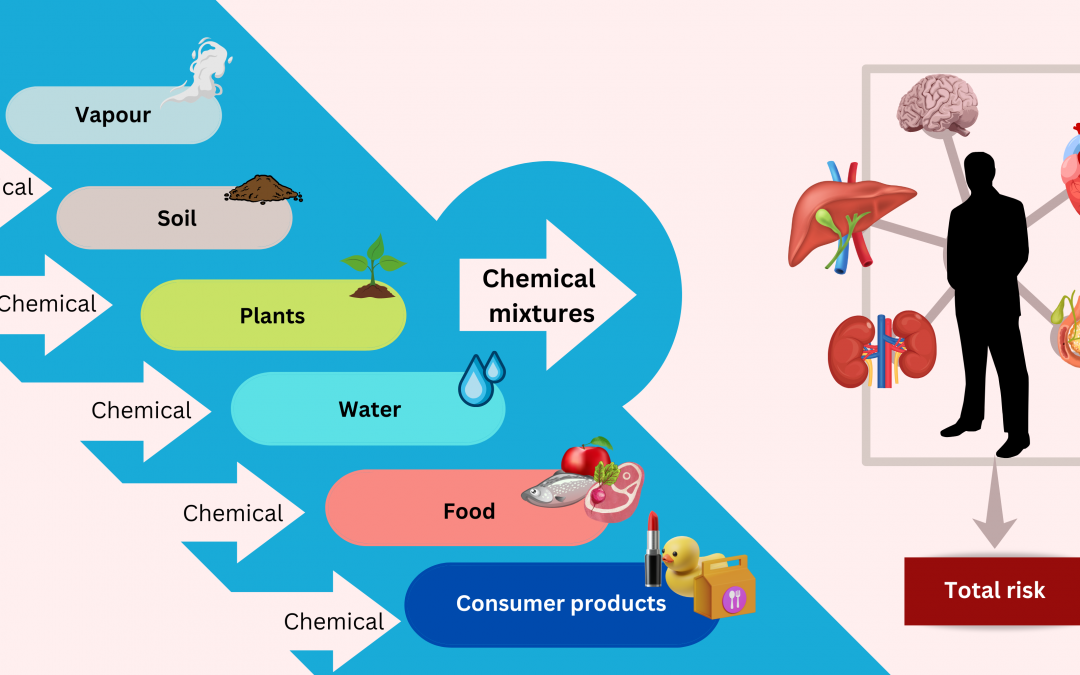
- Master seminar
- Dra. Biljana Antonijević (Department of Toxicology “Akademik Danilo Soldatović”, Faculty of Pharmacy, University of Belgrade, Belgrado (Serbia))
- Organized by: Prof. Javier Esteban ()
- January 27th, 2022, 11:30 a.m.
- IB Assembly Hall, Edif. Vinalopó-UMH
Conference: “Chemical mixtures: challenges for toxicology and risk assessment”
On January 27th, 2023, at 11:30 a.m., a research conference entitled “Chemical mixtures: a current challenge for Toxicology” will take place in the Assembly Hall of the Bioengineering Institute, located in the Vinalopó building on the Elche campus. and risk assessment” within the seminar program of the Biotechnology and Bioengineering Master’s Degree and the Bioengineering Doctorate Program. The conference will be given by Dr. Biljana Antonijevic (Full Professor, Department of Toxicology, University of Belgrade – Faculty of Pharmacy), and is organized by Prof. Javier Esteban Mozo, researcher at the Institute of Bioengineering of the UMH.
Dr. Biljana Antonijevic focuses her research in the field of environmental pollutants, persistent organic compounds, endocrine disruptors, pesticides, chemical mixtures, and risk assessment for human health. She has published 134 articles and has an h-index of 22.
Brief description of the talk
“Permanently, we are all exposed to various mixtures of both anthropogenic and naturally occurring chemicals. Modern toxicology is not a “single chemical science” anymore, and hundreds of publications are already in the scientific literature on mixture toxicology. Early development of the area of toxicology of chemical mixtures refers to the period from approximately the late 1970s to the early 1990s. Starting from the period of time, when the toxicology studies of chemical mixtures were mainly descriptive in nature, mixture toxicology has been moving towards the application of genomics and extensive use of in silico tools. From the mechanistic point of view, complex effects elicited by a mixture of toxic substances may be linked not only to molecular mechanisms of individual components but also mixture toxicity can be attributed to some distinct molecular pathways. An integrated approach to risk assessment addresses situations of multichemical, multimedia, multiroute, and multispecies exposures. Assuming the additive type of joint activity, this concept has been successfully applied in establishing toxic equivalency factors (TEFs), as a way to express the relative potency of e.g. OPs and dioxins and dioxin-like substances. In all cases where the resultant toxic effect is greater than the effect of single substances, two basic levels of interactions are possible: toxicodynamic and toxicokinetic. An improved understanding of the mixture toxicity can greatly improve risk estimates and reduce uncertainties.”
Awards and honours
Other information of interest

